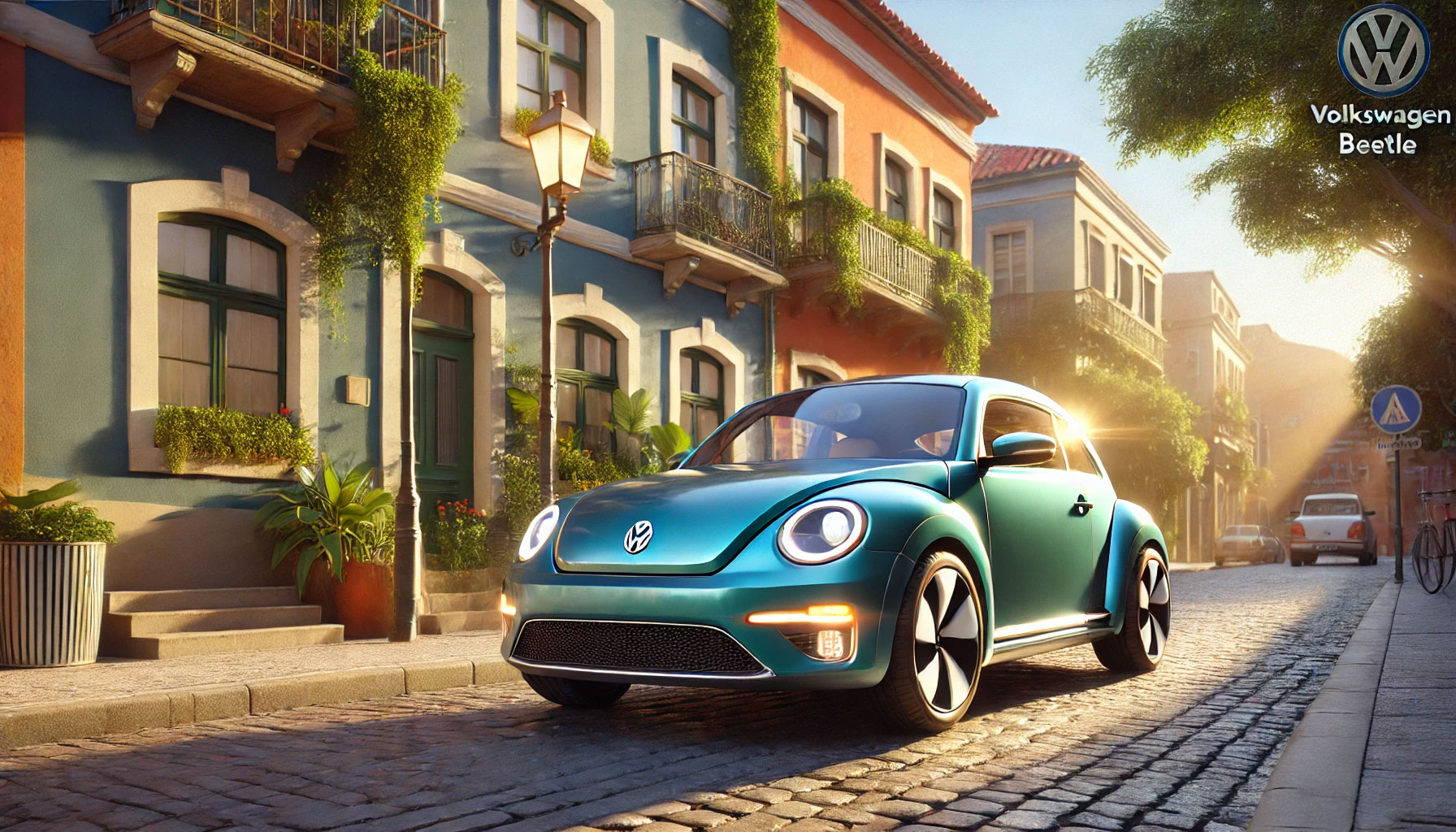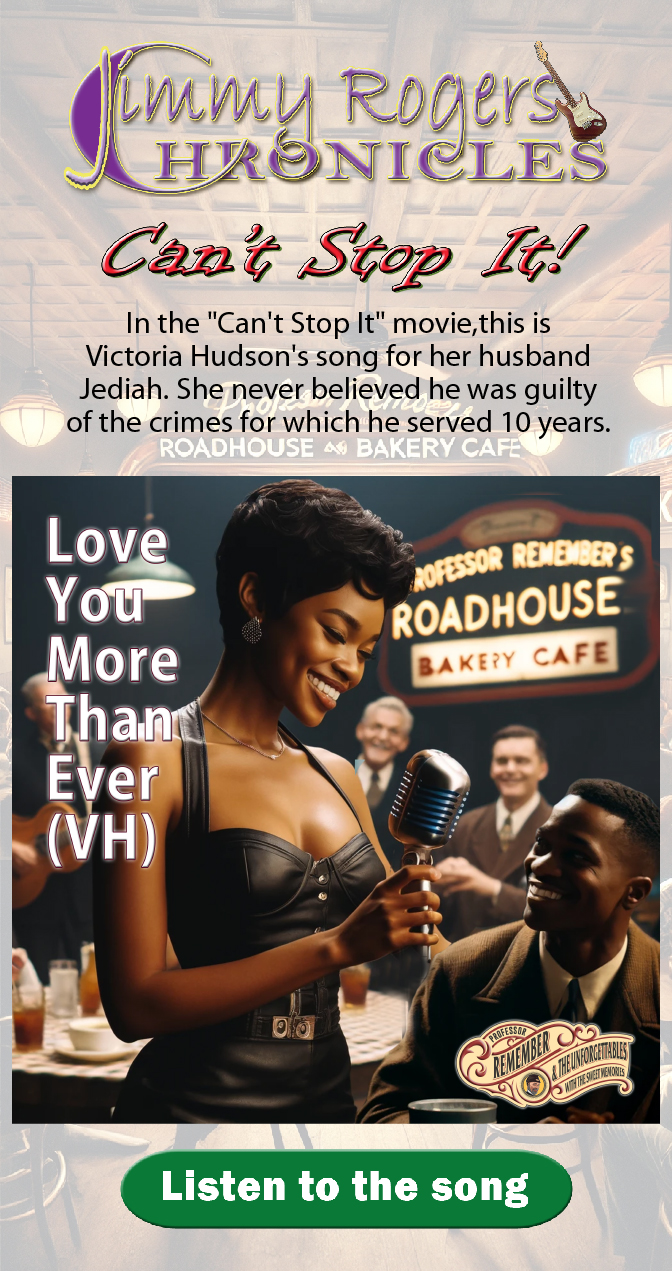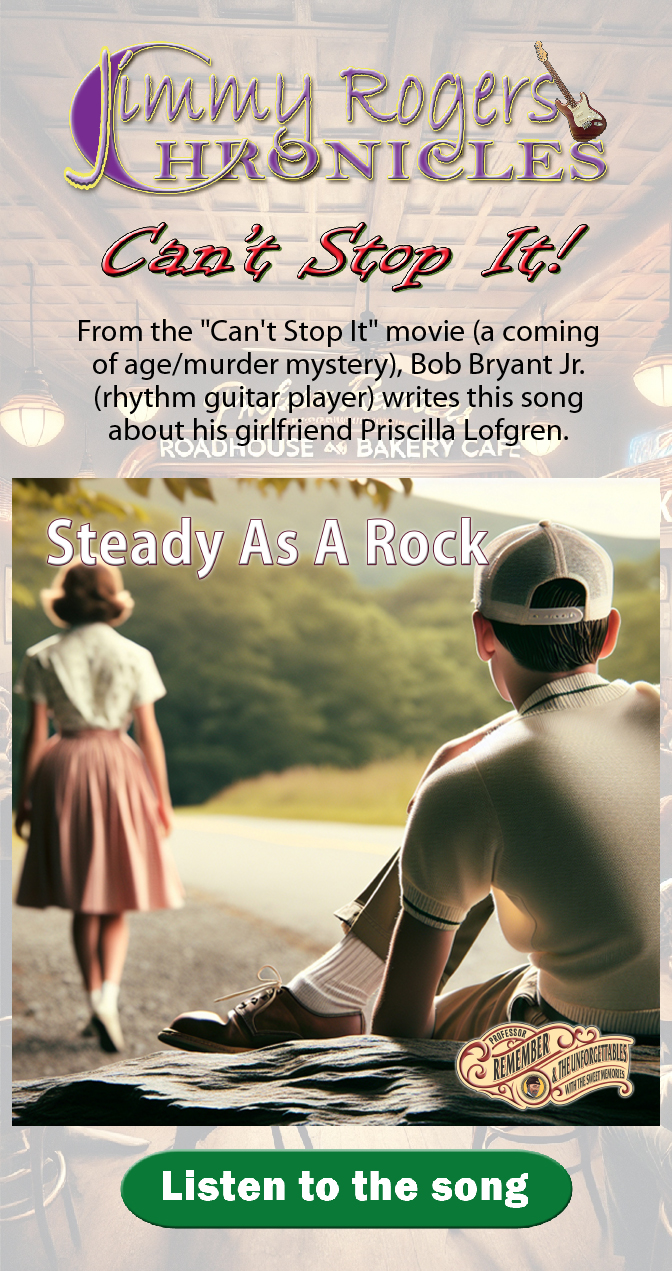vw beetle



Author: J H McIntosh
Word on the street is that Volkswagen is bringing back the beloved Beetle in 2025.
The VW Beetle’s history began in 1934 when Ferdinand Porsche designed the car as a “people’s car” and the first Beetle was produced in 1938. One can still find previously owned Beetle’s that were sold in the U.S. from 1950 to 1979, and again from 1998 to 2011 and 2012 to 2019. Volkswagen stopped making the Beetle in 2019. The 2019 model year included two special edition models to celebrate the Beetle’s history: the Final Edition SE and Final Edition SEL. The Beetle is known for its distinctive shape and was a symbol of counterculture and unity in America.
Historical Background and Key Milestones
Volkswagen Beetle Overview:
The Volkswagen Beetle, often affectionately called the “Bug,” is one of the most iconic and recognizable cars in automotive history. Originally designed in the 1930s under the direction of Ferdinand Porsche, the Beetle was meant to be an affordable, practical car for the masses. Production began in earnest after World War II, and the Beetle went on to become one of the best-selling cars of all time, with over 21 million units produced. Its compact size, distinctive design, and cultural impact have made it a symbol of counterculture, freedom, and individuality.
Key Milestones:
- 1938: Ferdinand Porsche designs the first prototype of the Volkswagen Beetle.
- 1945: Full-scale production begins after World War II.
- 1972: The Beetle surpasses the Ford Model T to become the best-selling car in the world.
- 1998: Volkswagen introduces the New Beetle, reviving the iconic design with modern technology.
- 2019: Production of the Beetle officially ends, marking the end of an era.
- 2025: Production is resumed.
Specifications and Technical Details
The 2025 Volkswagen Beetle marks the return of an iconic model with modern enhancements and a potential electric variant. Here are the updated Specifications and Technical Details for the 2025 model:
Engine Options:
- 2.0L Turbocharged 4-cylinder engine for the traditional gasoline model.
- An all-electric version is anticipated, potentially part of Volkswagen’s ID lineup, providing enhanced efficiency and instant torque.
Transmission:
- 6-speed automatic transmission for the gasoline model, with smooth and responsive shifting.
Horsepower:
- Gasoline engine: Expected to deliver around 174 horsepower.
- Electric variant: Likely to offer quicker acceleration due to instant torque, potentially reducing the 0-60 mph time to under 6 seconds.
Fuel Economy:
- Gasoline model expected to achieve up to 35 mpg on the highway.
- Electric variant could provide a range of up to 300 miles per charge, aligning with VW’s push for electrification.
Technology:
- Touchscreen infotainment system with Apple CarPlay, Android Auto, and Amazon Alexa integration.
- Keyless entry, push-button start, and advanced safety features like adaptive cruise control and lane-keeping assist.
Performance Data:
- 0-60 mph: Expected to be around 6.5 seconds for the gasoline model and potentially quicker for the electric variant.
- Top Speed: Estimated at 125 mph for the gasoline version.
The 2025 Beetle blends the nostalgic design with modern technology, including a possible electric variant to appeal to eco-conscious drivers
Design and Features:
- Exterior: The 2025 Beetle retains its classic round shape but with a modernized look, featuring LED headlights and taillights, larger wheels, and a sleeker, more aerodynamic profile. The front grille and sporty rear spoiler emphasize both nostalgia and modernity.
- Interior: Inside, the Beetle offers a spacious and tech-forward cabin. A panoramic sunroof, premium materials, heated and cooled leather seats, and a large infotainment system (with Apple CarPlay and Android Auto) highlight the premium features
Technology and Safety:
- The Beetle comes equipped with modern safety features such as adaptive cruise control, lane-keeping assist, and automatic emergency braking, alongside convenient features like wireless charging and ambient lighting for added luxury
Cultural and Popular Impact
Pop Culture:
The Volkswagen Beetle’s role in pop culture is unmatched. Its appearance in Disney’s Herbie movies, where it played the lovable “Herbie the Love Bug,” solidified its place as a cultural icon. The Beetle’s association with the counterculture movement of the 1960s also added to its global appeal. It became a symbol of peace and rebellion, with many custom paint jobs and psychedelic designs.
Cultural Significance:
The Beetle is often seen as a car that transcended generations, appealing to both young and old. It became a symbol of freedom and non-conformity during the 1960s and 1970s, particularly in the United States and Europe. Its affordability, reliability, and quirky design have given it a lasting legacy as a fun, approachable car that evokes nostalgia and individuality.
Owner Testimonials and User Reviews
Owner Experiences:
- “My Beetle was more than just a car—it was a part of my identity. I drove it all through college and made so many memories on road trips. It’s a small car, but it has a big personality.” – Jane K., 2001 New Beetle owner.
- “I bought a Final Edition Beetle, and it’s a bittersweet feeling knowing it’s the last of its kind. I love the modern features, but it still has that classic Beetle charm that makes driving it so enjoyable.” – John P., 2019 Beetle owner.
Owner Satisfaction:
The Beetle consistently scores high in owner satisfaction, particularly for its unique styling, fun-to-drive factor, and sentimental value. Many owners hold onto their Beetles for years, even decades, due to the car’s deep emotional connection with its drivers.
Competitor Comparisons:
The Volkswagen Beetle’s main competitors throughout its lifespan included small, affordable cars like the
Mini Cooper, Fiat 500, and the Honda Civic Hatchback. While the Beetle may not have always been the fastest or most high-tech car in its class, it consistently out shined its competitors with its iconic design and timeless appeal.
Driving Experience
Expert Driving Review:
The Volkswagen Beetle may not be the fastest car on the road, but it’s certainly one of the most fun to drive. Its small size makes it ideal for navigating tight city streets and parking in small spaces. The turbocharged engine in the final generation added some pep to the Beetle’s step, making it more agile and responsive than its predecessors. The suspension provides a comfortable ride, and the iconic circular dashboard design and large windows give it a bright, airy feel.
Road Trip Story:
An owner shares how they took their classic 1974 Beetle on a coast-to-coast road trip across the U.S., detailing the quirky adventures of driving a vintage car and the friendly waves and honks they received from fellow Beetle enthusiasts along the way. “People couldn’t help but smile when they saw the Bug on the road. It became more than just a drive—it was an experience.”
Safety and Innovation
Safety Features:
The final generation of the Volkswagen Beetle comes equipped with modern safety features such as blind-spot monitoring, rear traffic alert, and stability control. While earlier models of the Beetle were not known for their safety due to their small size, Volkswagen made significant improvements in later years, ensuring that the car could meet modern safety standards.
Technological Advancements:
Volkswagen introduced many new technologies in the final generation of the Beetle, including a touchscreen infotainment system with Apple CarPlay and Android Auto, as well as a rearview camera. The Final Edition models also came with customizable interior ambient lighting and premium audio systems.
Environmental Impact
Eco-Friendly Evolution:
The Volkswagen Beetle’s compact design has always made it a relatively fuel-efficient car. While the original Beetles ran on air-cooled engines, Volkswagen made strides with the New Beetle in the late 1990s and early 2000s to improve fuel efficiency and reduce emissions. Though the Beetle never had a hybrid or electric variant, it’s always been known for its relatively low environmental footprint due to its lightweight frame and small engine.
What’s Next?
The 2025 Volkswagen Beetle is set to bring back its iconic charm with modern innovations. Volkswagen is expected to offer both gasoline and electric variants of the new Beetle, with the electric version likely becoming part of the brand’s EV lineup. The idea of an electric Beetle has generated excitement among fans who hope to see the beloved design return with a sustainable twist. Its key specifications are listed above under “Specifications”
Fun Facts and Trivia
Did You Know?
- The Volkswagen Beetle was originally called the “Volkswagen Type 1”, but its nickname, “Beetle,” caught on so strongly that it became the official name.
- In 1972, the Beetle surpassed the Ford Model T as the best-selling car in the world.
- The Beetle was used as a secret getaway car by Allied forces during World War II because it was common and inconspicuous in Europe at the time.
- Herbie the Love Bug helped cement the Beetle’s place in pop culture, with the car “coming to life” and becoming a race-winning champion in the series of films.
Get in touch
DISCLAIMER:
Information is provided on an “as is” basis and could include technical, typographical or other errors. AutosOpedia makes no warranties, representations, or guarantees of any kind, express or implied, including but not limited to, accuracy, currency, or completeness, the operation of the Site, the information, materials, content, availability, and products. AutosOpedia reserves the right to change information at any time without incurring obligations of any kind whatsoever. Your local dealer is the best source of the most up-to-date information on any vehicles listed on AutosOpedia.
Please note the display of any name, image, or likeness of any individual, organization, vehicle model or item on this site must not be construed as an endorsement of this site by the owner of that which is depicted. Nor should the presence of the same be inferred by anyone as an indication the depicted is currently posting content or otherwise participating at this site in any way whatsoever. Additionally, we certainly will remove or replace any name, image, likeness, or item if requested to do so by the owner of the entity or item depicted. Please leave messages or requests in the Contact form above. Thank you!














